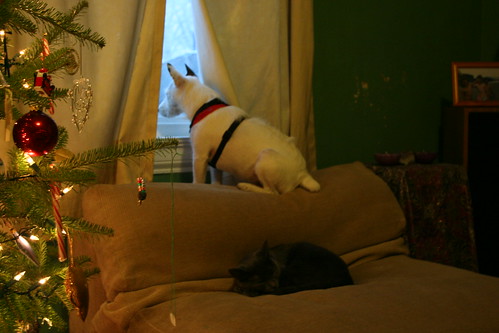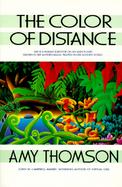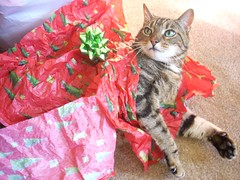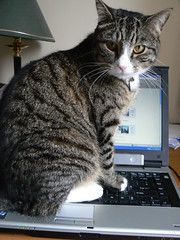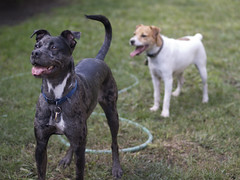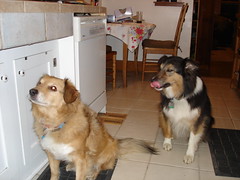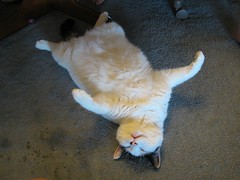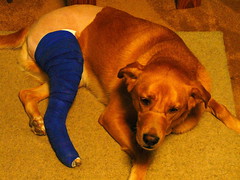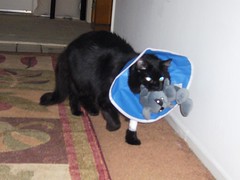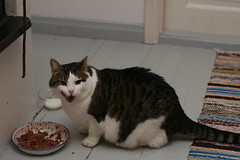Just a dog
January 6th, 2010 From time to time, people tell me, “lighten up, it’s just a dog,” or, “that’s a lot of money for just a dog.” They don’t understand the distance traveled, the time spent, or the costs involved for “just a dog.”
From time to time, people tell me, “lighten up, it’s just a dog,” or, “that’s a lot of money for just a dog.” They don’t understand the distance traveled, the time spent, or the costs involved for “just a dog.”
Some of my proudest moments have come about with “just a dog.” Many hours have passed and my only company was “just a dog,” but I did not once feel slighted.
Some of my saddest moments have been brought about by “just a dog,” and in those days of darkness, the gentle touch of “just a dog” gave me comfort and reason to overcome the day.
 If you, too, think it’s “just a dog,” then you will probably understand phases like “just a friend,” “just a sunrise,” or “just a promise.”
If you, too, think it’s “just a dog,” then you will probably understand phases like “just a friend,” “just a sunrise,” or “just a promise.”
“Just a dog” brings into my life the very essence of friendship, trust, and pure unbridled joy. “Just a dog” brings out the compassion and patience that make me a better person.
Because of “just a dog” I will rise early, take long walks and look longingly to the future. So for me and folks like me, it’s not “just a dog” but an embodiment of all the hopes and dreams of the future, the fond memories of the past, and the pure joy of the moment.
 “Just a dog” brings out what’s good in me and diverts my thoughts away from myself and the worries of the day. I hope that someday they can understand that it’s not “just a dog” but the thing that gives me humanity and keeps me from being “just a man.”
“Just a dog” brings out what’s good in me and diverts my thoughts away from myself and the worries of the day. I hope that someday they can understand that it’s not “just a dog” but the thing that gives me humanity and keeps me from being “just a man.”
So the next time you hear the phrase “just a dog.” just smile, because they “just don’t understand.
-Richard Biby
Thanks to a forum poster on the West Seattle Blog for this wonderful quote.
